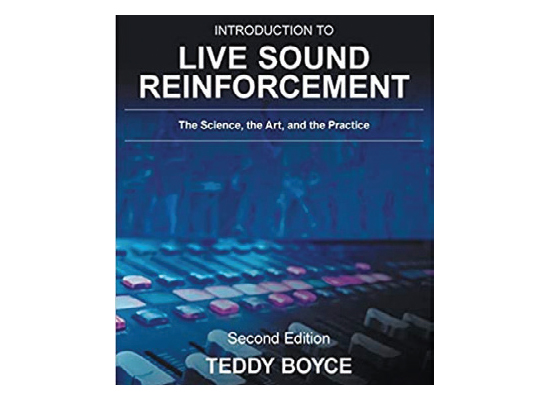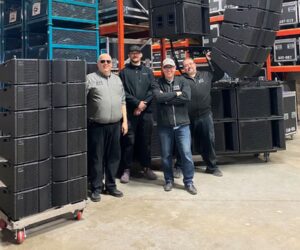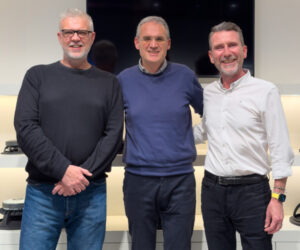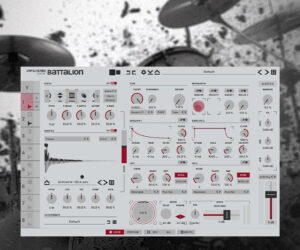I’m often asked to recommend a book for interested beginners to get up to speed on the fundamentals of live audio. Ever since I can remember, that recommendation has been the Yamaha Sound Reinforcement Handbook (Davis and Jones). It remains a crowning achievement for its scope and clarity and holds a welcome spot in my library.
There have been significant advances and developments since the most recent revision, and as time goes on, there’s more and more “new ground” left to cover – for example, this thing called “digital audio.” (Perhaps you’ve heard of it.) When I mentioned to my friend John Huntington, author of the excellent book Show Networks and Control Systems, that I was looking for a new “go-to” audio textbook to recommend, he immediately mentioned Teddy Boyce’s Introduction to Live Sound Reinforcement: The Science, the Art, and the Practice.
After giving the book – now in its second edition – a thorough read, I can say that John’s suggestion is spot on. This is an excellent book for young folks, students, and anyone else who is interested in live audio but doesn’t know where to start. It’s also a fantastic “review” text for more seasoned professionals and has some really lovely nuggets tossed in that are bound to interest even the most experienced readers.
Boyce, an AES member, holds a Master of Science degree and has been actively engaged in the live sound industry for almost two decades. Like so many of us, he started from humble beginnings, carting his PA to church youth choir concerts – and eventually developed into a go-to professional handling much of the house of worship scene in eastern Ontario. It’s clear from the in-depth and well-presented chapters on networked audio that Boyce has extensive professional background in the field of data communications networking as well.
The writing is clear and strong yet approachable. The book begins with the obligatory explanations of wavelength, frequency, inverse square law, logarithms, the decibel, and phase versus polarity, and then moves through chapters on environmental effects (diffusion, diffraction, reflection, absorption, reverberation), input devices, output devices, interconnect, and amplifiers. There are also two chapters dedicated to analog and digital mixers. I was pleased to see an actual explanation of the mechanics proximity effect rather than the cursory proclamation of the effect’s existence that’s all too common in many other resources.
The presentation is more than “bare minimum” and brings an additional level of knowledge and context to the table. For example, the book spends a few pages discussing amplifier topologies, which is a topic that’s not strictly required knowledge for one to be a successful live sound engineer but is definitely something that should be studied and understood by individuals seeking a more complete understanding of our toolset. Likewise, there’s a short explanation of impedance-balanced and servo-balanced outputs, which behave very differently when someone gets a little too creative with “roll-your-own” interconnect solutions, so this is a nice inclusion as well.
There’s also an in-depth discussion of various audio effects – not only what they are and what they’re used for, but how they work under the hood, and the chapters dedicated to networked audio very well cover a topic that’s quickly becoming “must-have” knowledge for those seeking a bright future in the industry.
The final chapters offer a brief look at some of the basic principles of sound system design, microphone applications, and practical live performance tasks. Each chapter concludes with a list of review questions, helpful to check understanding for self-study, and also for educators who might be inclined to use the book as a class text – something I also feel comfortable recommending.
Overall, Introduction to Live Sound Reinforcement is an excellent introductory text in addition to serving well as a “quick reference” on anyone’s audio engineering bookshelf. The 373-page second edition is published by FriesenPress. Copies are available directly from the publisher’s online store for $23.99 and on Amazon at a higher price. The ebook edition is also available from the online store as well as Amazon, iTunes, and the Android store for $9.99.















